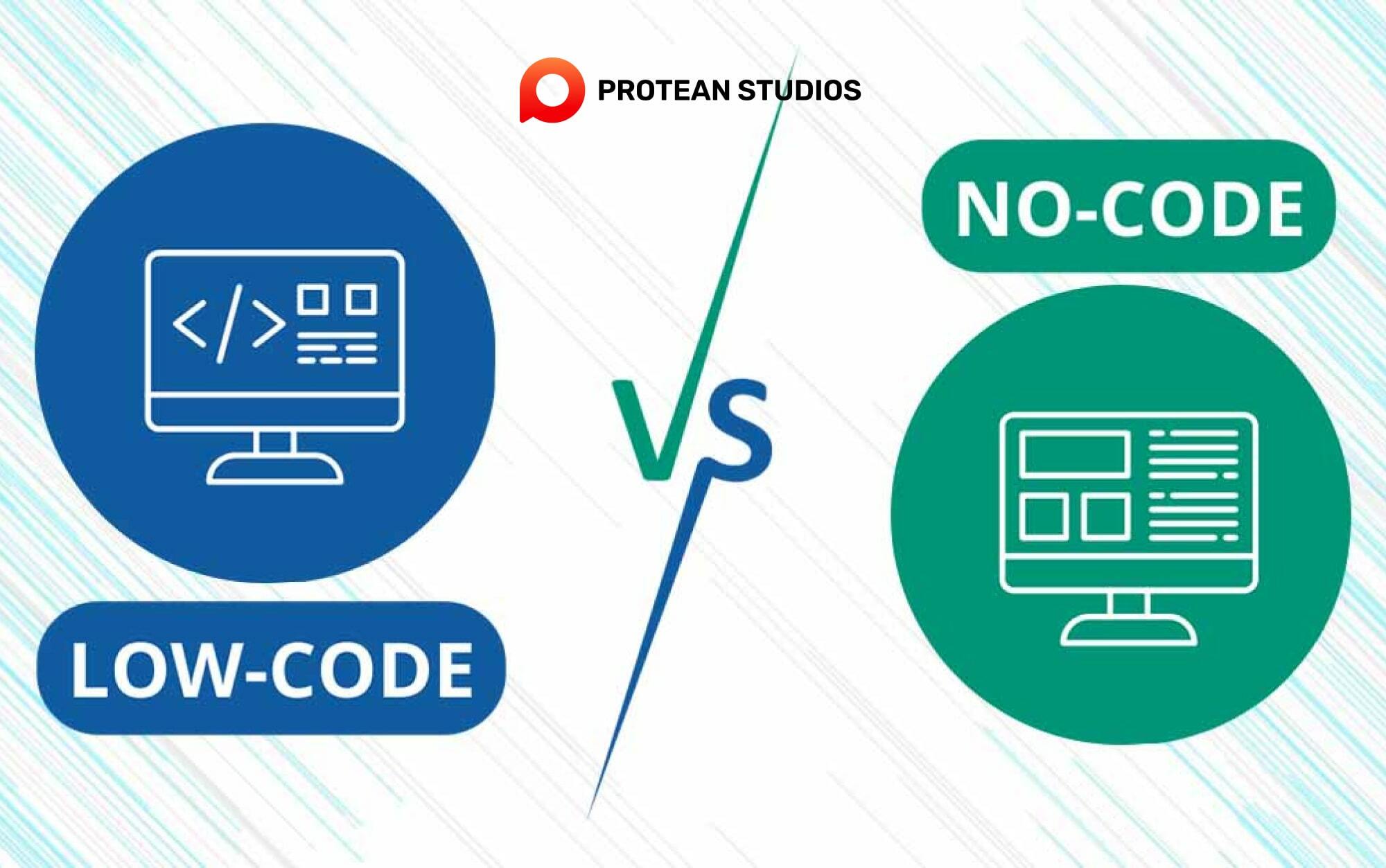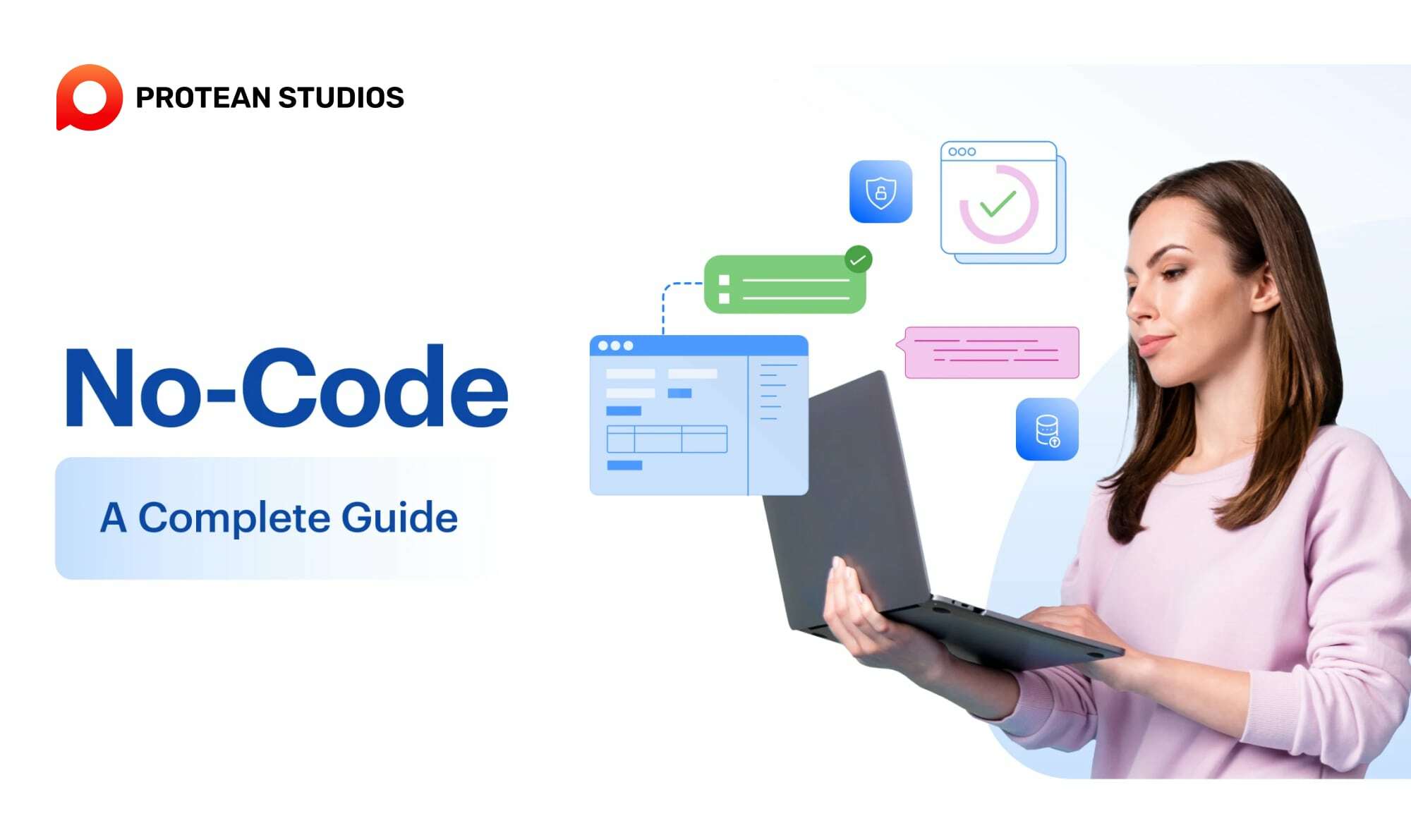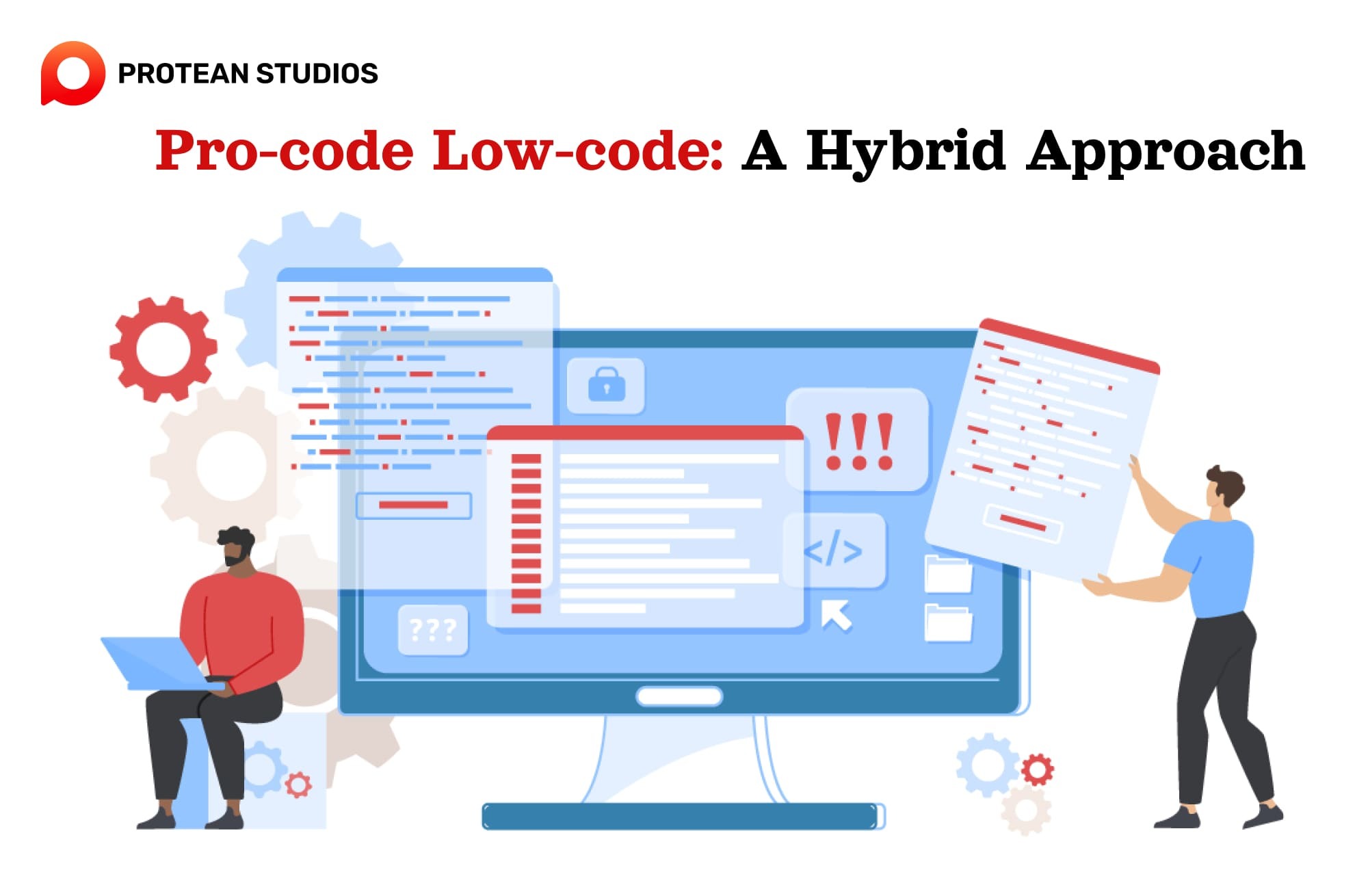In the fast-paced world of application development, speed and accessibility are king. Enter the low-code and no-code movements, promising to democratize app creation for all. But with both options vying for attention, one question emerges: Does low-code truly reign supreme? This article delves into the strengths of low-code development, exploring why it might be the perfect solution for your next project while acknowledging the situations where traditional coding might still be the best approach.
Something about low-code and no-code

1. Low code
A low-code app is built using platforms that make coding simpler and faster. These platforms have easy-to-use tools like drag-and-drop components and visual interfaces. This means you can create business software without needing to do a lot of manual coding.
Thus, low-code platforms provide a development environment that allows developers to create applications using graphical user interfaces and configuration instead of traditional hand-coded programming. These platforms still need some level of coding knowledge, enabling developers to customize and extend applications beyond the built-in functionalities.
Key Features
Visual Development: Drag-and-drop components and visual workflows simplify the design and development process.
Pre-built Templates and Components: Ready-made templates and modules speed up development and ensure best practices.
Integration Capabilities: seamless integration with existing systems and databases through APIs and connectors.
Customization and Extensibility: Allows for custom code to extend functionalities, ensuring flexibility and scalability.
Collaboration Tools: Facilitates teamwork between IT and business stakeholders through shared visual environments.
Advantages
Speed: Accelerates application development and deployment.
Efficiency: reduces the amount of manual coding, minimizing errors and bugs.
Flexibility: Offers customization options that can cater to complex business needs.
Cost Savings: Reduces development costs by minimizing the need for extensive coding skills and resources.
Use Cases
Enterprise Applications: Internal tools and systems for business processes.
Customer-Facing Apps: mobile and web applications for customer engagement.
Process automation: automating routine tasks and workflows to improve efficiency.
2. No code
No-code platforms are designed for users with little to no programming experience, enabling them to build applications through graphical user interfaces and pre-configured modules. These platforms are ideal for business users and citizen developers who need to create functional applications without writing any code.

Key Features
Intuitive Interfaces: User-friendly drag-and-drop editors for building applications.
Pre-configured Modules: Extensive libraries of pre-built modules and components that can be customized.
Automated Workflows: Tools to design and do workflows without any coding.
Template-Driven Development: Extensive templates for various use cases enable quick start and deployment.
Integration with Services: Built-in connectors to popular services and data sources ease easy data integration.
Learn more: No-Code Success: Forget About Titles, Work On Developing Skills
Advantages
Accessibility: Empowers non-technical users to develop applications.
Speed: rapid prototyping and deployment due to simplified development processes.
Cost-Efficiency: Lowers development costs by eliminating the need for professional developers.
Innovation: Encourages innovation by allowing business users to experiment and create solutions tailored to their specific needs.
Use Cases
Small Business Solutions: Custom applications for managing operations and customer relations.
Internal Tools: Tools for project management, HR, and other internal processes.
Market testing involves developing and testing new business ideas and market solutions.
Form Automation: Creating forms and data collection tools for various business processes
Pro-code, low-code: A hybrid approach
While both low-code and no-code solutions offer distinct advantages, there's a growing trend: the hybrid approach, also known as pro-code low-code. This approach combines the strengths of traditional coding with the agility of low-code platforms.
Imagine a development environment with a toolbox. On one side, you have the power and flexibility of professional coding tools. Besides, you have the pre-built components and visual interfaces of a low-code platform. The hybrid approach lets you use both.
Flexibility for complex functionalities: For situations requiring deep customization or integration with intricate systems, the hybrid approach allows professional developers to leverage traditional coding within the low-code framework. This ensures the application can fulfill specific needs while still benefiting from the platform's speed and efficiency.
Future-proof scalability: Large-scale applications with high user volumes might need the robust foundation of traditional coding. The hybrid approach allows developers to build a scalable core using low-code tools, then extend functionalities with custom code as needed, ensuring the application can grow.

Other Article: Martech Systems Vs. Martech UX Complexity
Low-code or no-code: What is better?
When choosing between low-code and no-code, it all boils down to project complexity and your technical expertise.
Low-code is ideal for projects with some complexity, requiring customization beyond basic functionalities. It's a good fit for users with some coding knowledge or for teams with access to professional developers when needed.
No-code is ideal for straightforward projects with minimal customization needs. It empowers citizen developers and business users to create basic applications without needing coding experience.
In conclusion, low-code platforms have proven to be the superior choice for businesses seeking to speed up digital transformation while maintaining control and customization. With their blend of speed, efficiency, and flexibility, low-code solutions empower developers and business users alike to innovate and adapt to changing market demands.
By offering robust integration capabilities and extensive customization options, low-code platforms ensure that businesses can develop sophisticated applications without the lengthy timelines and high costs associated with traditional coding.
—----------------------------
Ready to elevate your business with cutting-edge low-code solutions? Partner with Protean Studios, your trusted IT outsourcing partner, and harness the power of low-code to drive innovation and growth. Our software developers are proficient in a wide range of programming languages and development frameworks, ensuring we can meet any technical challenge with innovative solutions.
Contact us today to discover how our expertise can help you achieve your digital transformation goals with unparalleled efficiency and agility. Let’s transform your ideas into reality—reach out to Protean Studios now!
Read more:




